Printable Sun Patterns Free Download
What are the different patterns observed on the surface of the sun?
The different patterns observed on the surface of the sun include sunspots, solar flares, prominences, and granulation. Sunspots are dark, cooler regions caused by magnetic activity, while solar flares are intense explosions that release massive amounts of energy. Prominences are loops of plasma that extend above the solar surface, and granulation refers to the cellular-like pattern caused by convection currents on the sun's photosphere.
How are sun patterns useful for studying solar activity?
Sun patterns are useful for studying solar activity because they provide valuable information about the Sun's behavior and changes over time. By analyzing the patterns of sunspots, solar flares, and other solar features, scientists can track the Sun's magnetic activity, study the frequency and intensity of solar storms, and understand the Sun's impact on Earth's climate and space weather. Sun patterns help predict solar activity, which is crucial for space exploration, satellite operations, and protecting technological infrastructure on Earth.
What is the significance of understanding sun patterns for space weather forecasting?
Understanding sun patterns is crucial for space weather forecasting because the sun is the primary source of space weather events such as solar flares and coronal mass ejections (CMEs). By monitoring and analyzing the patterns and activities of the sun, scientists can predict and forecast space weather phenomena, which can have significant impacts on communication systems, satellites, astronauts, and other technological infrastructure in space and on Earth. Accurate forecasting of space weather allows for better preparedness and mitigation strategies, minimizing potential damage and ensuring the safety of technology and human activities in space.




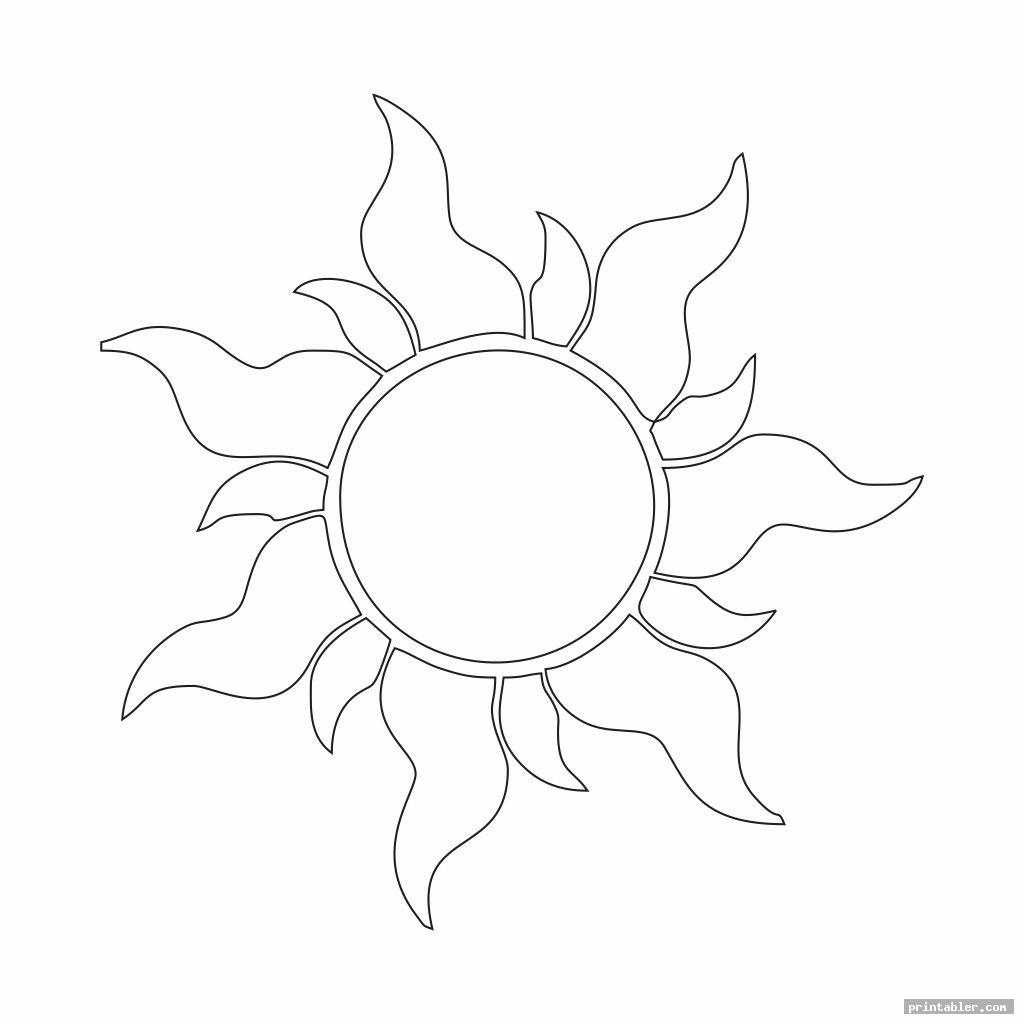


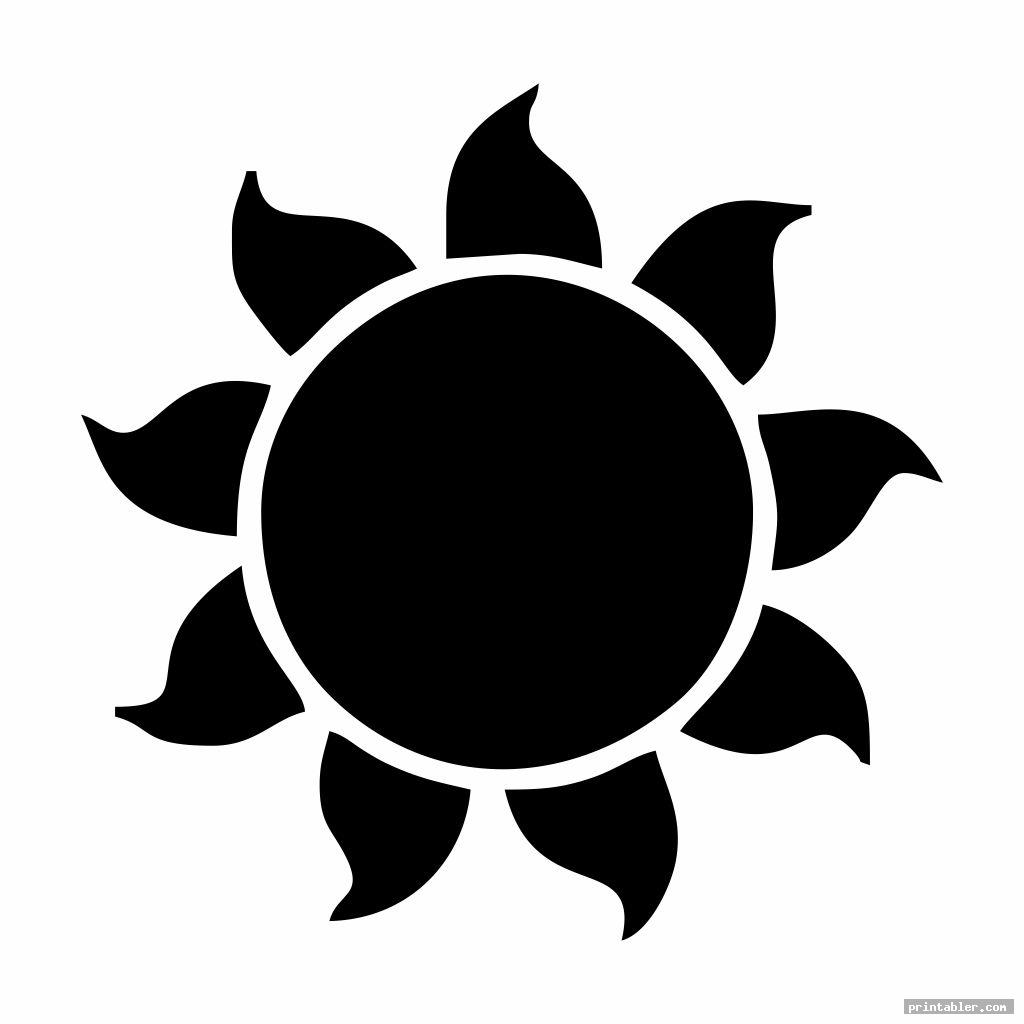
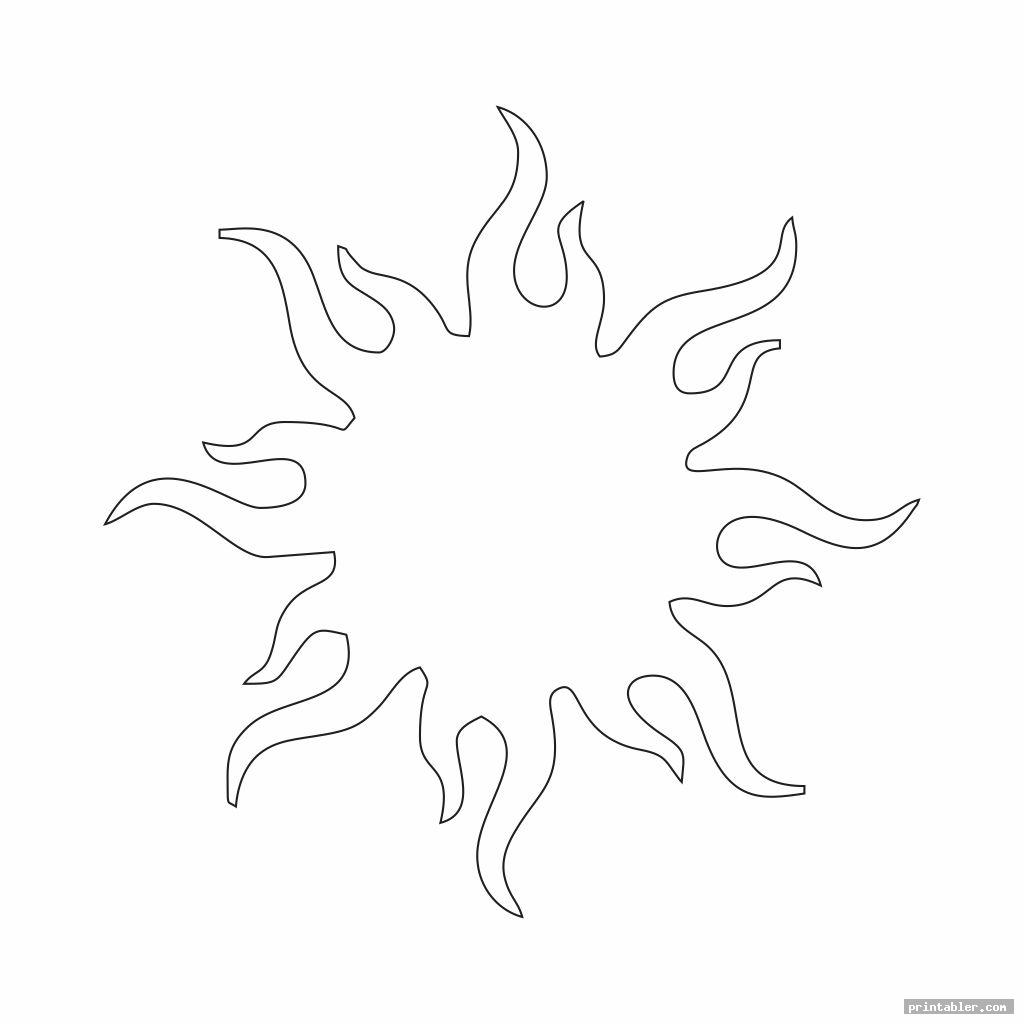
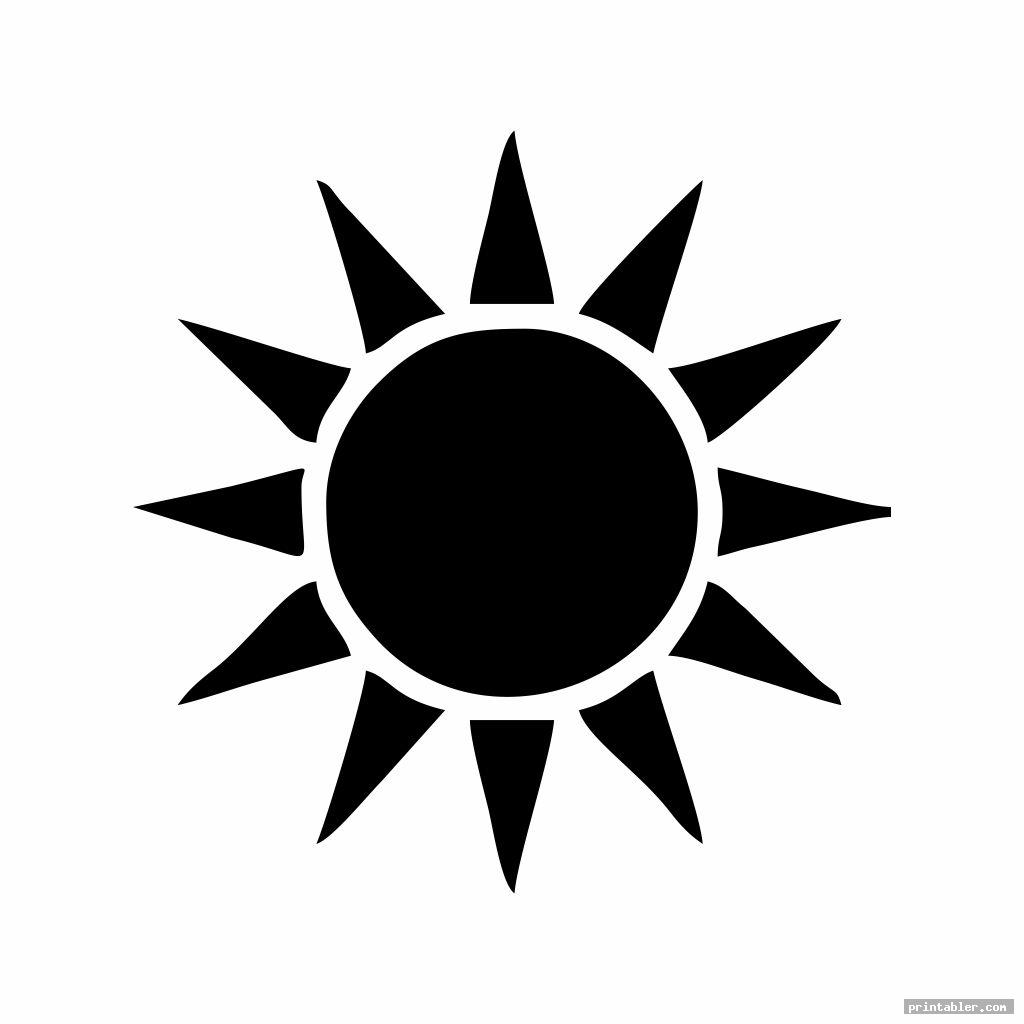

 Hours Sign Template Printable
Hours Sign Template Printable Furniture Templates Printable
Furniture Templates Printable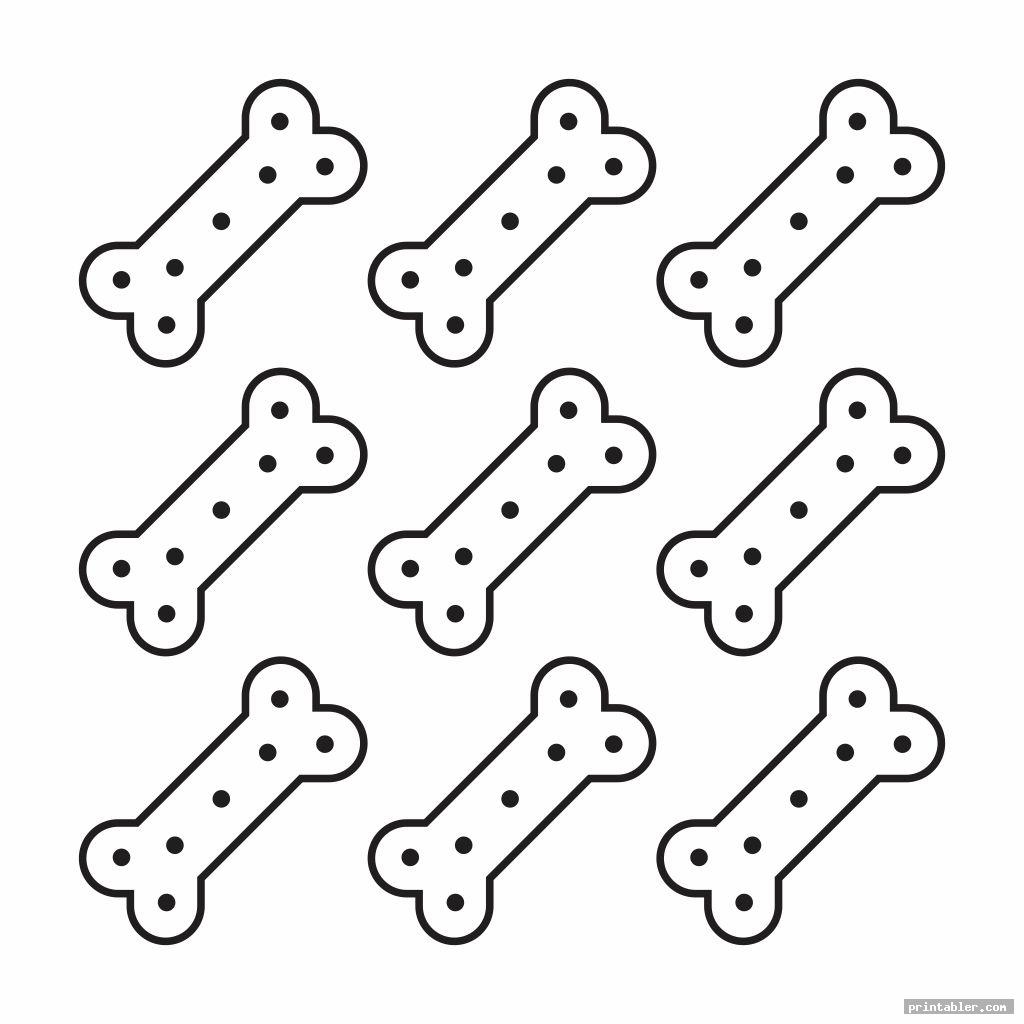 Dog Bone Template Printable
Dog Bone Template Printable